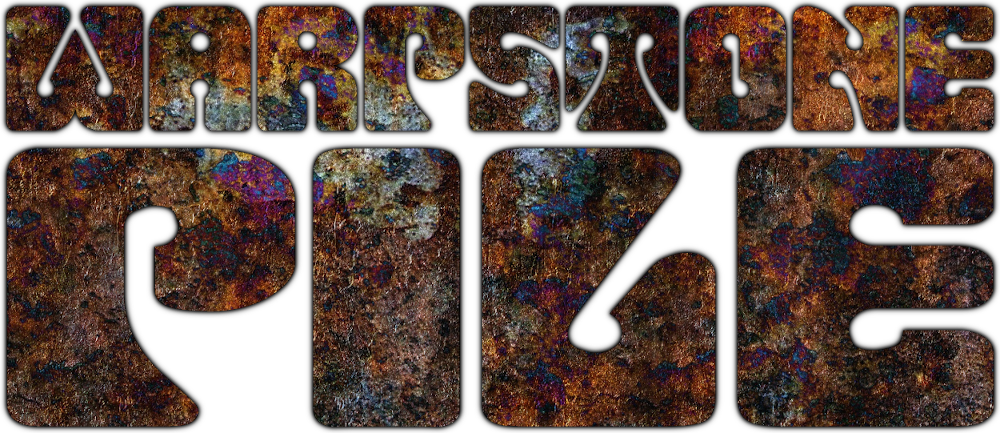The first session of the Salzenmund Apophaſiſ went down about a month ago. This writeup’s a couple of weeks late, but c’est la vie.
Dramatis Personae
Amina Wegner – Boat(wo)man
Rosaria Gorman – Smuggler
Mannfried Orben – Noble
Nicholas Schlender – Burgher
Konrad Osterwald – Protagonist
Alberto Adriano Timoteo Raffaele – Camp Follower
Henchpeople
Bözsi – Messenger
Dalibor – Outrider
Heiko – Tomb Robber
Helfried – Scribe
Herman – Miner
Humbert – Camp Follower
Irmuska – Bodyguard
Körbl – Bone Picker
Magdolna – Militiaman
Melker – Rogue
Sven – Mercenary
Viktor – Protagonist
I gave each of the PC’s d4 Henchbros to support them and, in cases of dire lethality, eat a would-be killing blow in place of the associated PC. My DM dice have proven themselves to be downright spiteful, so a safety valve seemed prudent. How little did I know…
I actually had a lot of fun rolling these up. I gave each of them a skill, and rolled once on the Henchman Traits table. They were 45% male, 45% female and two of them… hard to tell. This gave us things like Viktor, the Protagonist with beautiful, lustrous hair, and Körbl the Bone and nose picker.
As promised, the PCs were all soldiers in service to Johann Tserclaes during the Sack of Magdeburg, serving under Graf Luboš Winther. Winther, hits the limit for the depravity he’s willing to participate in and suggested to the troops he’s with that they desert, tag out of the war, and flee too someplace safe, like the Swiss cantons. They agreed; finished loading up their loot wagon, and rolled out of town.
Along the way, they encountered some other looters who decided that a wagon full of loot’s far more convenient than a city full of unbewagoned loot and decided to take it from the party. This went down almost entirely as an exercise to run the players through a WFRP combat. As a result, the three unnamed looters (this is a lie: they were each named “Dieter”) were butchered and Nicholoas knocked into critical range.
Besides a bloody fight on the way out of town, their escape was uneventful. That is, until a week or so after they’d left town. Several of the party went foraging and hunting to supplement their rations… including Alberto, who shot, killed, and brought back a baby bear to cook.
The party was awoken in the middle of the night: Graf Winther was gone. So was his horse and a sizable portion of the party’s rations. Before they could investigate further…
Bears! The completely botched Outdoor Survial hunting roll was incredibly convenient, as part of the initial arc I’ve had planned very much called for bears. True story, no joke.
Unfortunately, as it turns out, bears in WFRP are very much not something to fuck around with. At all. Battling bears (2 Bears, 1 Bear w/ the Brute advance scheme) took quite a bit longer to resolve than I’d expected or would like. It was also deeply, profoundly lethal.
The sacrifice-a-henchment-to-avoid-a-critical-roll rule effectively made the fight an exercise in feeding henchpeople into a woodchipper.
I’ll let the list of remaining henchpeople speak for itself. Look at the list above, and now look at the list below:
Surviving Henchpersons
Bözsi – Messenger
Helfried – Scribe
Herman – Miner
Magdolna – Militiaman
So, yeah. The math speaks for itself. I hope next session’s not nearly as bloody. This thing I’m doing right now? Just a prologue. Setting the stage for worse things to come. Hard to do that if everyone involved is being transformed to bear feces.



































